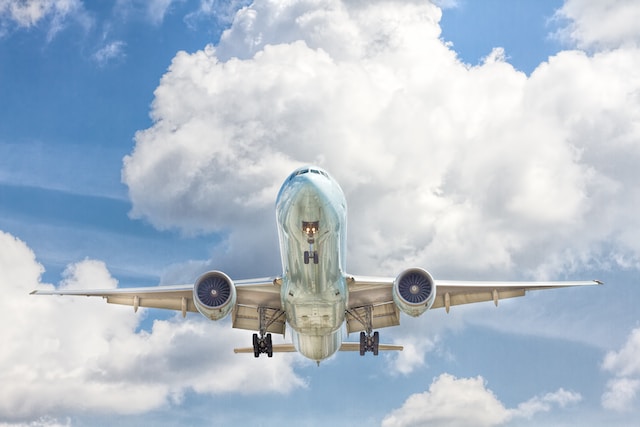
On April 30, the Treasury Department and the Internal Revenue Service (IRS) issued updated guidance on the Sustainable Aviation Fuel (SAF) Credit. The guidance streamlines the determination of tax credits for SAF producers, which could help accelerate development and decarbonize the aviation sector and boost the economy.
The Inflation Reduction Act provides a tax credit of $1.25 per gallon for SAFs that reduce lifecycle greenhouse gas (GHG) emissions by 50%. In addition, producers who surpass this threshold are eligible for additional credits.
Made from renewable feedstocks, SAFs can be dropped into existing commercial airline engines and reduce carbon emissions by up to 80% compared to conventional fossil fuels.
However, lifecycle GHG measurements were outdated, as Bio.News previously reported.
The ‘gold standard’ for greenhouse gas emissions measurement
As we reported in November 2023, the Environmental Protection Agency (EPA) has long used a model that only recognizes ethanol as being about 20% cleaner than fossil fuels. However, the Department of Energy (DOE) relies on the Argonne National Laboratory’s GREET (Greenhouse gases, Regulated Emissions, and Energy use in Transportation) methodology, which is more accurate. The GREET model shows ethanol reduces greenhouse gas emissions by around 50% compared to fossil fuels.
The guidelines released on April 30 introduce the 40B SAF-GREET 2024 model, which utilizes a modified version of the GREET model.
The guidelines also include a U.S. Department of Agriculture (USDA) pilot to encourage the use of Climate Smart Agriculture (CSA) practices for SAF feedstocks, particularly those made from corn or soybeans. These practices include no-till farming, cover crops, and “enhanced efficiency” fertilizers.
“The guidance released today reflects the latest data and science needed to help create new economic opportunities for America’s agricultural sector,” said U.S. Secretary of Energy Jennifer M. Granholm. “This interagency effort will help our climate goals take flight with cheaper, cleaner sustainable aviation fuel—ensuring America maintains an innovative edge on the global clean technology stage.”
Biotech industry supports GREET methodology
The Biotechnology Innovation Organization (BIO) has expressed its support for this updated methodology.
Beth Ellikidis, Vice President for Agriculture & Environment at BIO, praised the updated guidelines as “a positive step toward meeting the rapidly growing demand for SAF and leveraging agricultural innovation to make air transportation cleaner and greener.”
“Biotech innovation is a critical tool to help farmers adopt climate-smart agricultural practices to qualify their crops as tax credit-eligible SAF feedstocks,” she said.
Why SAF matters
The changes could help accelerate the adoption of SAFs in the aviation industry, which has been under increasing pressure to reduce its carbon footprint.
SAFs are a good investment, explains a recent report by Third Way. U.S. SAF expenditures, particularly in the Great Plains states, could total nearly $1.5 trillion between 2025 and 2050, generating up to $78 billion in net GDP. Furthermore, the SAF sector could support 153,000 direct jobs and another 240,000 indirect jobs, impacting all states, finds the report.
- SEO Powered Content & PR Distribution. Get Amplified Today.
- PlatoData.Network Vertical Generative Ai. Empower Yourself. Access Here.
- PlatoAiStream. Web3 Intelligence. Knowledge Amplified. Access Here.
- PlatoESG. Carbon, CleanTech, Energy, Environment, Solar, Waste Management. Access Here.
- PlatoHealth. Biotech and Clinical Trials Intelligence. Access Here.
- Source: https://bio.news/agriculture/saf-tax-credit-guidelines-sustainable-aviation-fuel-greet-methodology-treasury-irs/
